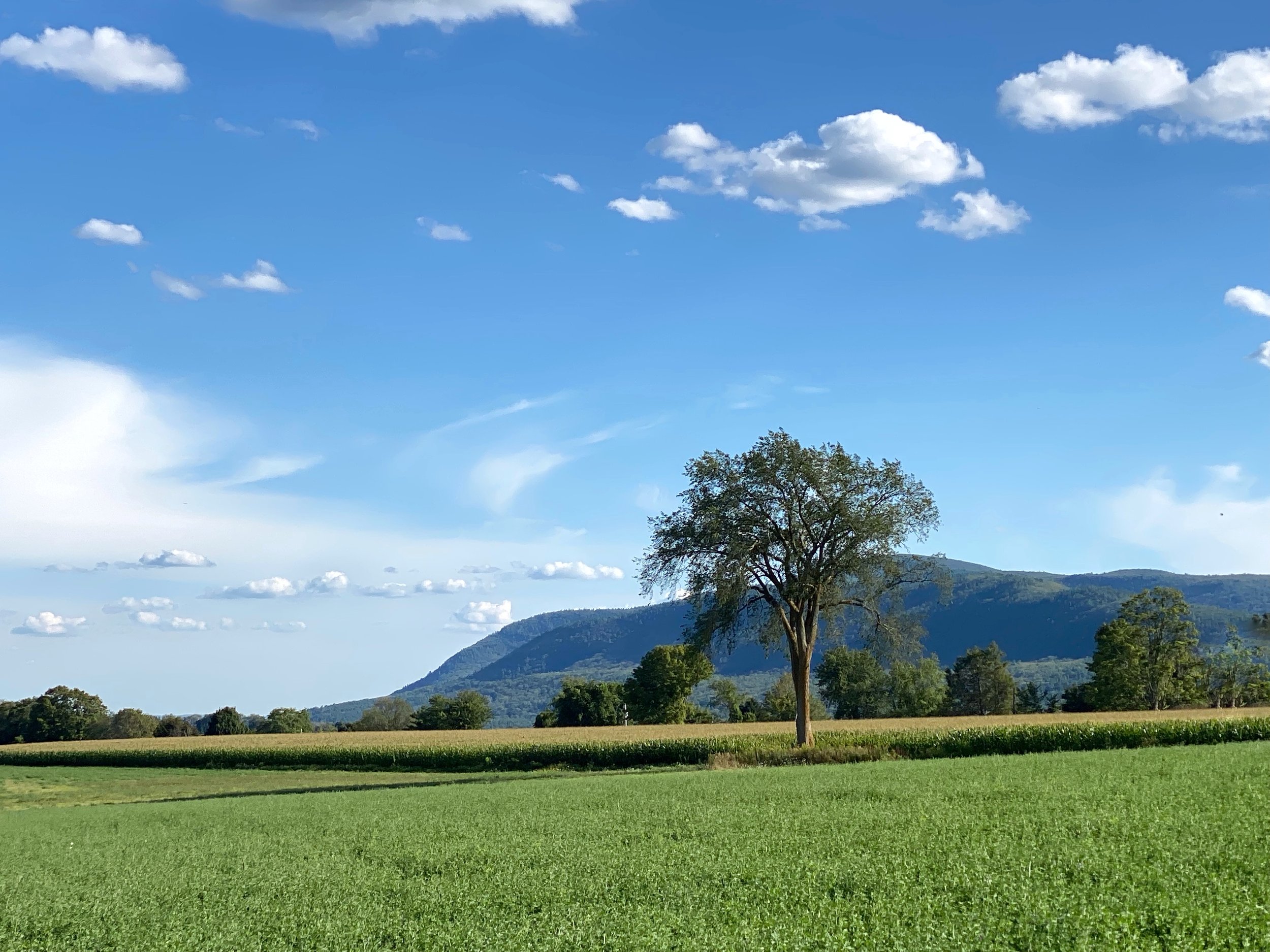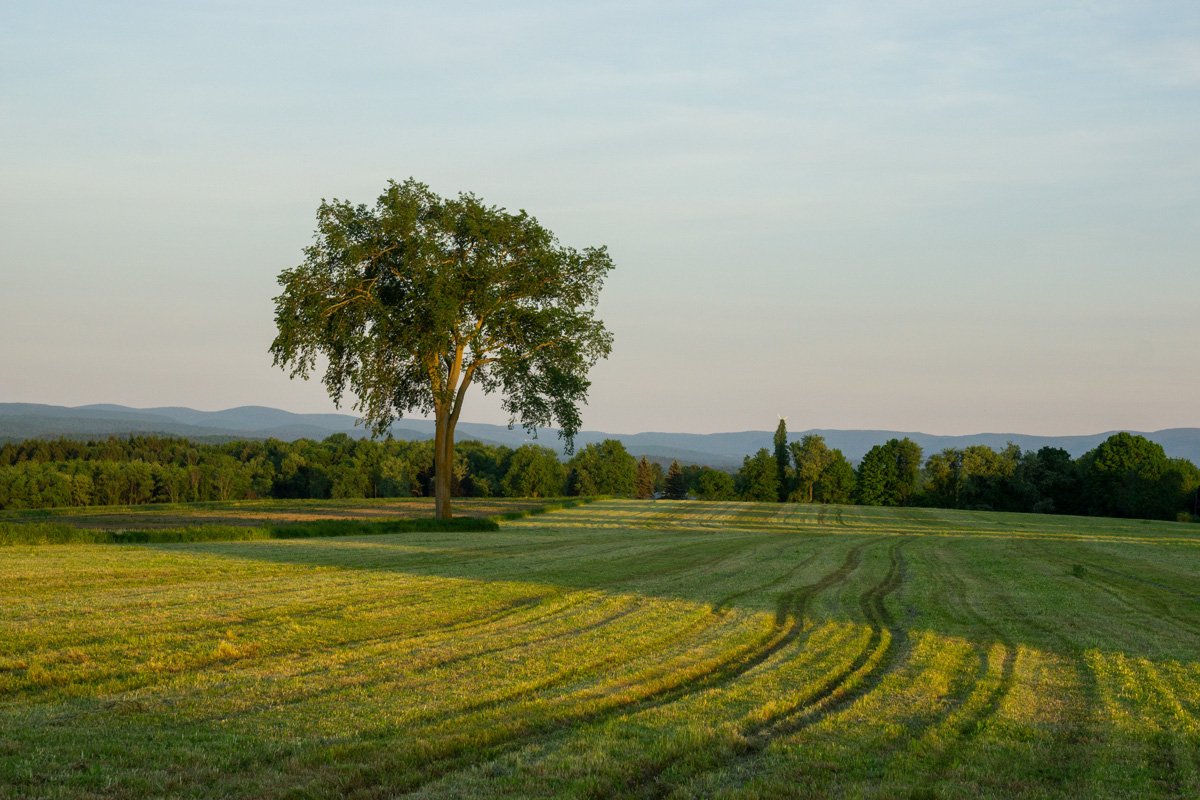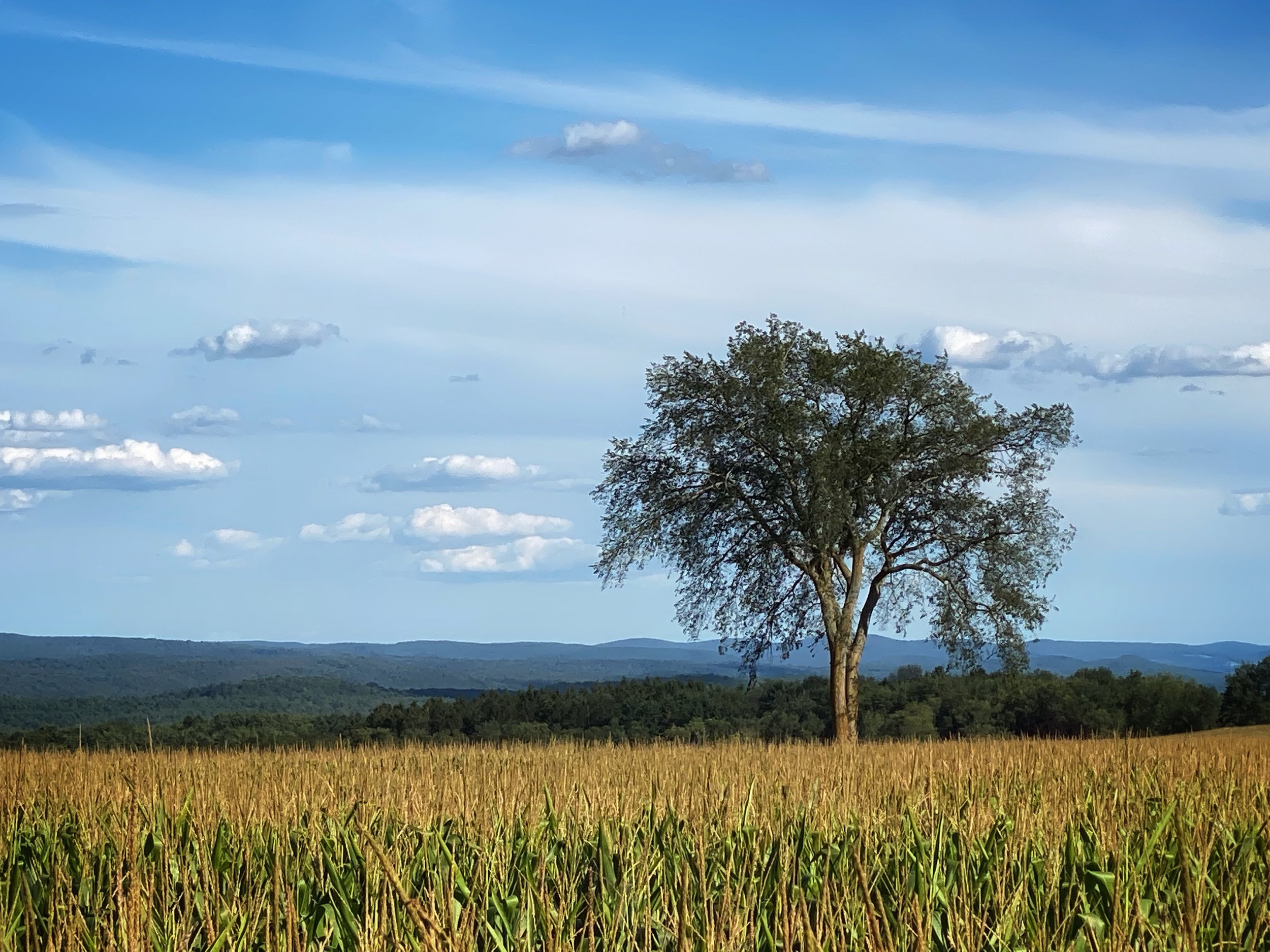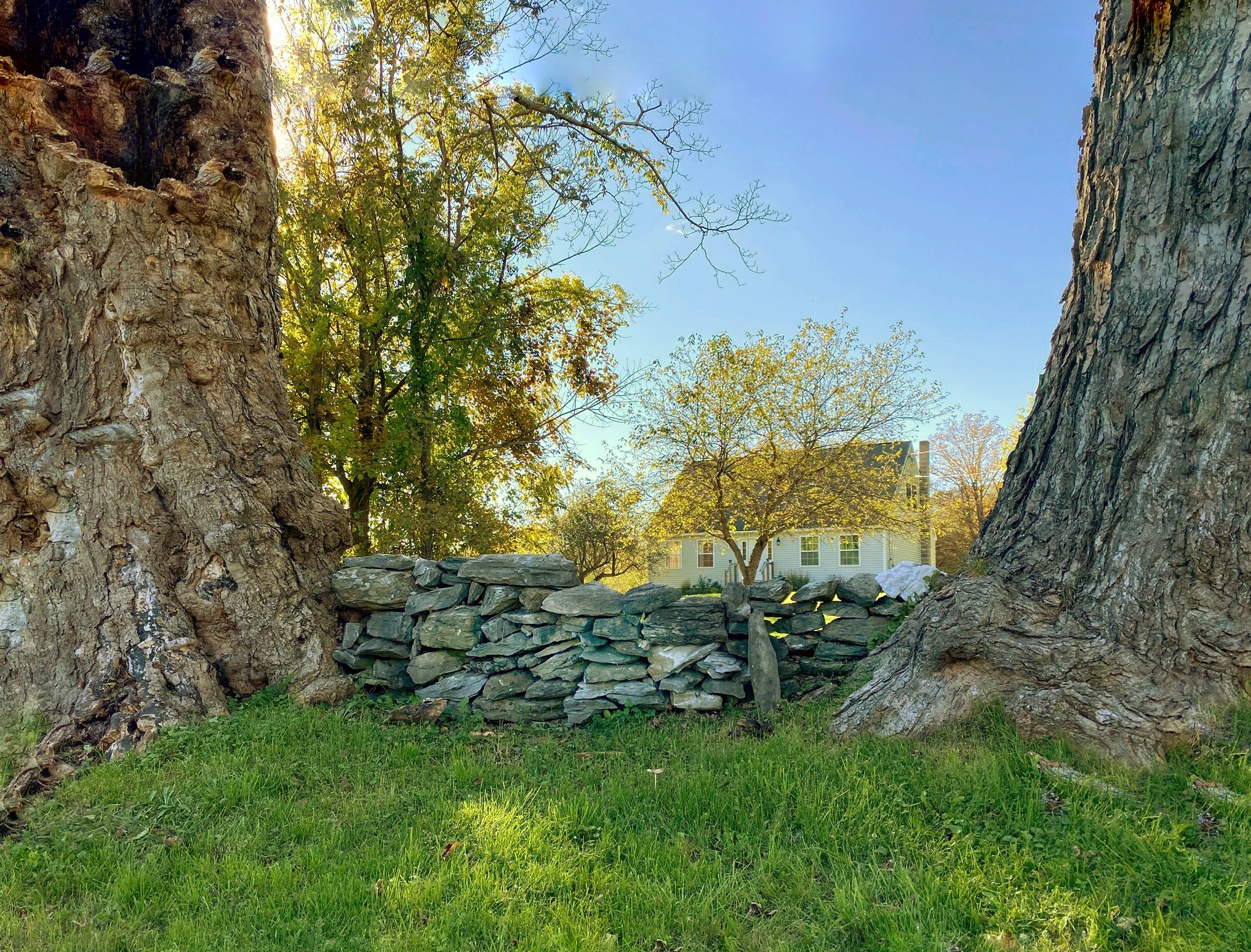Have Pannier Will Travel!
Yellow Pannier with gladioli and a dozen eggs
Well, I’m back at it again: photographing while biking. Well, not quite. I still have to dismount or else fall flat on a harsh ground while attempting to take a shot. (No one’s invented a mobile tripod as of yet.) Since spring, my Specialized E bike and I have been taking off to explore a ten or so mile radius around my Berkshire home. With my iPhone set in a case on the handle bar, I can easily grab it when so moved. Call it curious, inspired and often just plain lucky.
Once something has caught my eye there’s a routine: check what may be coming in the mirror; slowly brake, tilt the bike and lean a bit sideways, hop off, secure it with a kick stand, take a breath, a few steps (avoiding poison ivy) and finally click away. I’ve also come to realize that I am more selective about shooting a scene. After all, with a bike there’s a constant stop and start about it. But nothing changes when it comes to discovering the right light, capturing a dynamic angle of say, an old barn, as well as the subtle greens, and later in the season, golden colors of a meadow. Lately dramatic cumulus clouds only add to the scene. (I wonder whether this has anything to do with climate change? And we have the clouds but not the rain…)
With my NY City “taxicab yellow” color of a pannier (a French which means basket). I also relish in “shopping.” With a few dollars stashed away, I bring back eggs sold by the roadside on the honor system- at $5 a dozen as well as tomatoes, cucumbers, summer squash and more. Best of all, though are the gladioli from Peter Sweet’s farm which range from white to peach to dark purple and even coffee. I ever so carefully fit them into my pannier as seen above. Same goes for eggs. One person offered to drive them home for me. That’s ountry living!
What also makes small journeys like these so rewarding is the diversity of landscapes including streams, ponds and lakes that exist within such a small radius. Here below are a few portraits of open meadows, farms, wetlands, stonewalls embraced by old maples and the classical beauty of New England barns. Oh, and I once met up with a baby faun who wobbled up by the side of the road and came over to me.
Below are images from Baldwin Hill, known in part for its stately, solitary American elm in a corn field surrounded by hills. Fortunately, the elm continues to be protected from Dutch elm disease with a special type of “vaccine”. The tree is iconic too. Having been photographed throughout the seasons by many including the well-known photographer, Tom Zetterstrom, (whom I showed in my art gallery many moons ago) it speaks of an era when elms dotted both our landscapes as cityscapes.



Until recently, local farms have also been a dying breed. However, in this corner of Massachusetts (and just down the road from me) is the largest sheep farm in the Commonwealth. Of course, traditional dairy farms are more rare than before, but thanks to CSA’s (Community Supported Agriculture founded in Egremont about fifty years ago) and NGO’s such as Berkshire Grown, more and more offer organic produce. Depending on the time of year one can enjoy asparagus, arugula, kale, chard, tomatoes, blueberries and strawberries, you name it.
Lila Berle sheep farm
And who can beat the drama of a before and after storm? I’ve wondered when photographing the sky whether the amazing proliferation of cumulus clouds has increased due to climate change? As we know, storms are becoming more intense. I try to avoid them while biking…
Talking about water, this area is blessed with various types of wetlands. Below are two images from a marsh in Alford where cattails and Joe-Pye Weed abound. As the EPA states: “Wetlands are among the most productive ecosystems in the world, comparable to rain forests and coral reefs.”. Below is a link to an article by Judy Isacoff who describes the ecology and plants of marshes.


Putting things such as buildings into a historic perspective are the typical New England barns, silos, and endless stone walls. Sadly abandoned and crumbling buildings by the side of the road don’t hide either.
A late summer scene: hay bales.











